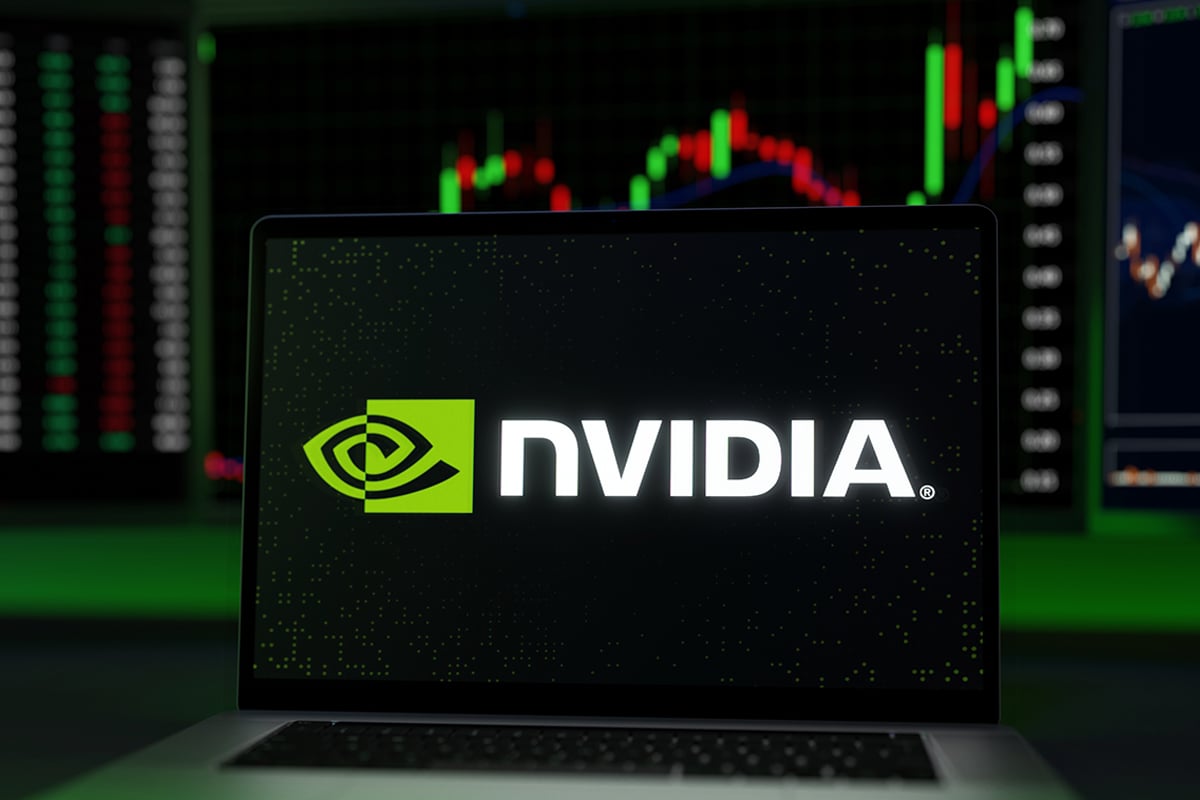Nvidia’s stock has seen an impressive rise of over 125% in 2024, a testament to the transformative changes in the tech industry, particularly the surge of artificial intelligence (AI). The capital markets are witnessing a new wave of growth, driven largely by the expanding influence of AI. Nvidia, along with tech giants such as Microsoft, Meta, Apple, Tesla, Amazon, and Alphabet, is part of the “Magnificent Seven,” a group of companies at the forefront of this technological revolution.
Nvidia’s crucial role in the AI revolution cannot be overstated. The company’s graphics processing units (GPUs) are highly sought after, forming the backbone of numerous generative AI applications. This significant demand has propelled Nvidia’s recent stock surge, yet it also prompts questions about the future direction of its shares. To gauge Nvidia’s potential over the next five years, it’s essential to explore its current business environment and the competitive landscape in the chip and data center markets.
Presently, Nvidia leads the chip market. Its H100 GPUs are essential for major companies, aiding in the training of advanced large language models (LLMs) and the creation of autonomous driving technologies. In addition to the H100, Nvidia’s lineup includes the A100 and Blackwell series GPUs, with future innovations like the Rubin chips in the pipeline. This relentless innovation has driven Nvidia’s revenue to record highs.
Nvidia’s success is not only due to increased sales. The company’s comprehensive chip and data center offerings have provided substantial pricing power, resulting in significant margin expansion and profit growth. This financial robustness distinguishes Nvidia from many of its rivals.
However, potential challenges loom on the horizon. Nvidia relies on Taiwan Semiconductor for GPU manufacturing, which introduces an execution risk. If Taiwan Semiconductor struggles to meet demand, Nvidia could encounter supply chain bottlenecks, opening opportunities for competitors to lure customers waiting for Nvidia’s products.
Rising competitors in the GPU market include Advanced Micro Devices (AMD) and Intel. While AMD’s MI300X chip and Intel’s Gaudi 3 GPU show promise, they have not yet achieved significant market traction. Nonetheless, these competitors are poised to challenge Nvidia’s dominance over time.
Moreover, competition extends beyond traditional semiconductor firms. Amazon has heavily invested in AI, including a $4 billion investment in the AI start-up Anthropic to enhance its cloud computing business. Amazon’s proprietary Trainium and Inferentia chips are utilized for training AI models, and the company plans an $11 billion investment in data centers in Indiana. Similarly, Meta is developing its own chip, the Meta Training and Inference Accelerator (MTIA), to reduce dependence on external suppliers like Nvidia.
Looking ahead, Nvidia’s future is closely tied to broader trends in the semiconductor and AI industries. Although Nvidia isn’t facing an existential crisis, increasing competition and the cyclical nature of semiconductor demand could influence its growth. While Nvidia has potential in AI-powered software, these products are designed to integrate with its GPUs, so a decline in GPU demand could impact the overall business performance.
As Nvidia matures and faces intensified competition, its growth rate may decelerate. Big tech companies like Amazon and Meta, with their diverse business models, could capture market share in the chip sector. Consequently, Nvidia’s stock returns might stabilize in the coming years, potentially being surpassed by other mega-cap tech stocks.
In summary, Nvidia’s stellar performance in 2024 underscores its pivotal role in the AI revolution. However, the future presents both challenges and opportunities. While Nvidia remains a formidable player in the tech arena, investors should consider the competitive landscape and the inherent cyclicality of the semiconductor market. The next five years will be critical in determining whether Nvidia can sustain its leadership or if other tech giants will narrow the gap.







